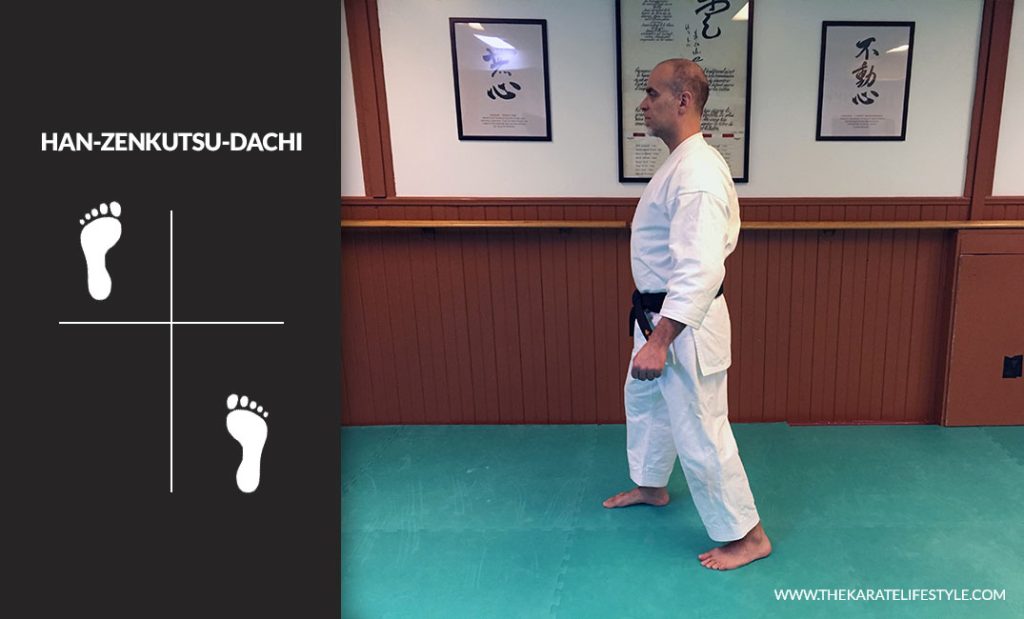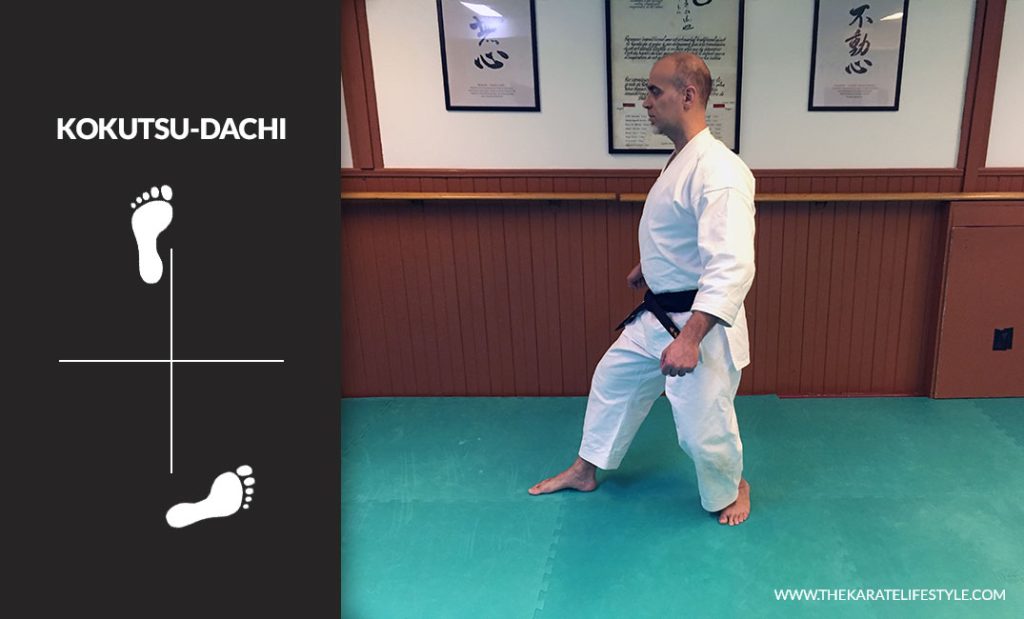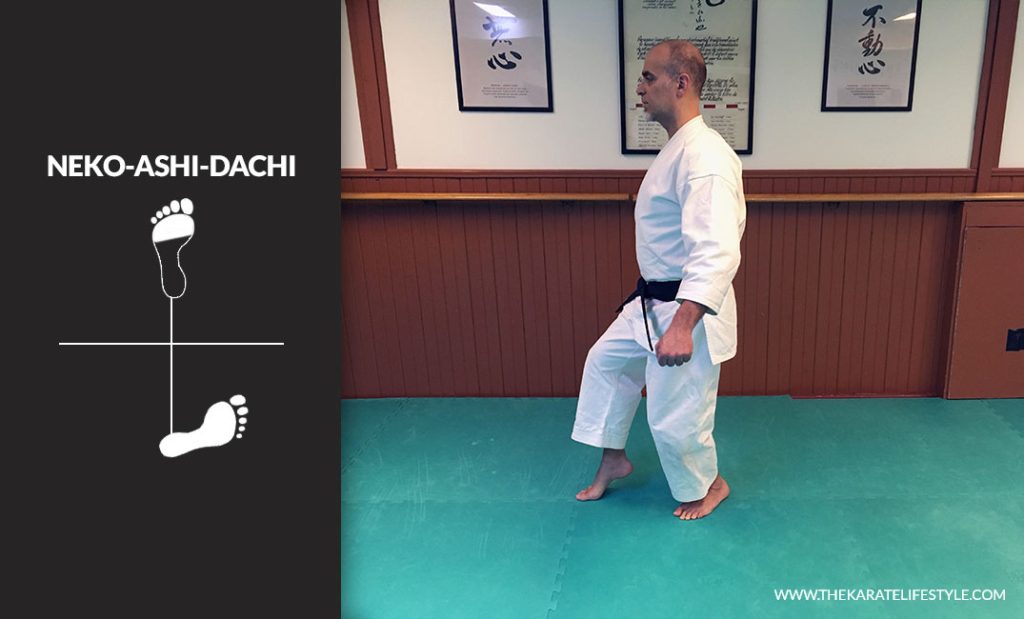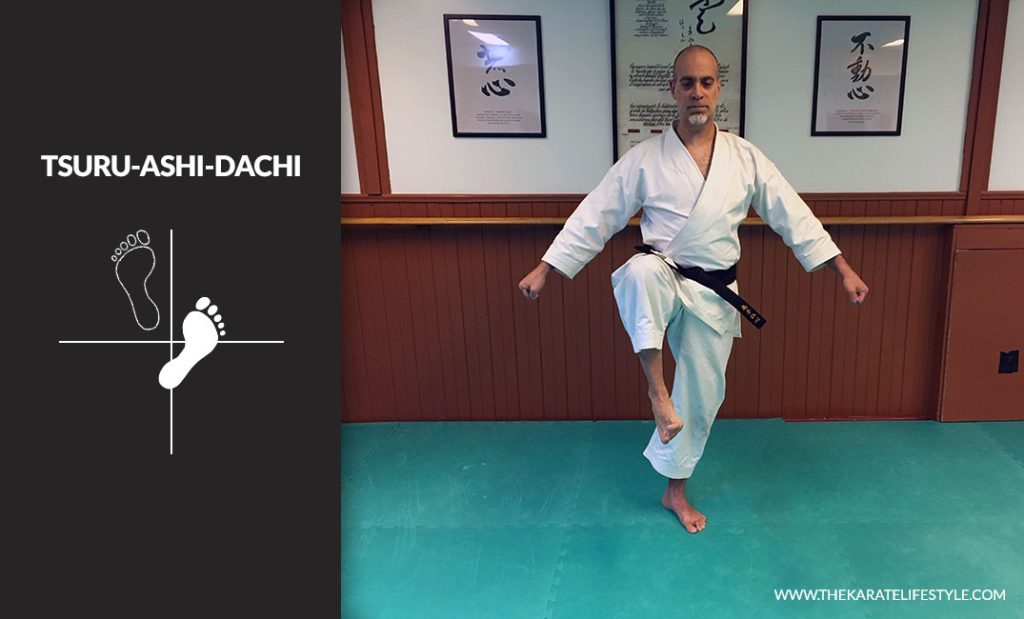The Complete List Of Basic Karate Stances
A “how-to” guide to improve your postures.
Karate, a martial art known for its discipline and technique, encompasses a variety of stances that are fundamental to its practice. Each stance in Karate serves a distinct purpose, contributing significantly to the practitioner’s movement, defense, and offense strategies. These stances are not just mere positions; they are the core of Karate’s effectiveness and efficiency, both in self-defense scenarios and in the biomechanics of the martial art.
For students of Karate, mastering these stances is essential and should be a primary focus early in their training. Stances are the foundation upon which other techniques are built, including strikes, blocks, and kicks. Understanding and being able to properly execute these stances ensure that students can move with balance, stability, and power – three critical components in Karate.
It’s important to note that while the core principles of these stances are consistent across Karate, there can be slight variations in their execution from one style to another. Different schools or styles of Karate might emphasize certain aspects of a stance or modify it slightly to suit their specific approach to the martial art. These variations reflect the rich diversity and adaptability of Karate as a discipline.
Here is a comprehensive list of the basic stances in Karate, each detailed with its purpose and method of execution, acknowledging the subtle differences that might be found across various styles. This list serves as a guide for beginners and a reference for advanced practitioners, illustrating the depth and complexity of this respected martial art.
Seiza

Kanji: 正座
English: Kneeling stance (litt. proper sitting)
Description: Seiza is the traditional, the formal and polite Japanese way of sitting on the floor, kneeling. It’s a fundamental posture is both Karate and in the Japanese culture. This stance is used to perform the formal ‘floor bow’ called zarei.
Instructions:
- Place your knees on the floor and rest your buttock on the top of your feet,
- Your feet are flat on the floor,
- Keep your back and neck straight,
- Be fully present mentally,
- Breathe naturally but calmly.
Musubi-dachi

Kanji: 結び立
English: Standing stance
Description: Musubi-dachi is the formal way of standing in Japanese martial arts and in Japan. This stance is very important and is used to perform the formal respectful bow called rei. Musubi-dachi and rei should be performed before and after warmups, kihon, kata, kumite or any interaction between people.
Instructions:
- Put your heels together, open your toes at about 45 degrees,
- Put your arms alongside your body,
- Keep your back and neck straight,
- Tilt the pelvis upward,
- Be fully present mentally,
- Breathe naturally but calmly.
Heisoku-dachi

Kanji: 閉足立
English: Closed leg stance
Description: Heisoku-dachi is the ready stance used in some kata. It is similar to musubi-dachi, but the feet are kept together.
Instructions:
- Put your feet together at the heels and toes,
- Put your arms alongside your body,
- Keep your back and neck straight,
- Tilt the pelvis upward,
- Be fully present mentally,
- Breathe naturally but calmly.
Heiko-dachi

Kanji: 平行立
English: Parallel stance
Description: Heiko-dachi is an attention stance or “get ready’ stance used in some styles. It is generally performed after bowing (musubi-dachi), right before kihon practice or kata. Heiko-dachi is also the stance performed when listening to instructions.
Instructions:
- The feet are shoulder width apart, facing forward,
- Put your arms alongside your body,
- Keep your back and neck straight,
- Tilt the pelvis upward,
- Be fully present mentally,
- Breathe naturally but calmly.
Hachiji-dachi

Kanji: 八字立
English: Natural stance
Description: Hachiji-dachi, also known as yoi-dachi is a formal waiting posture used in some styles of Karate. Hachiji-dachi can also be used after standing bowing of while performing tsuki. ‘Yoi’ posture is not common in Okinawan Karate.
Instructions:
- Put your feet at shoulder width,
- Put your feet out at a 45° angle, toes pointing forward,
- Move your arms slightly forward, with fists closed and elbows slightly bent (if used for Yoi),
- Keep your back and neck straight,
- Tilt the pelvis upward,
- Be fully present mentally,
- Breathe naturally but calmly.
Kiba-dachi (Japan) / Naihanchi-dachi (Okinawa)

Kanji: 騎馬立 / 內步進立
English: Horse stance
Description: Kiba-dachi is a fundamental position of Karate that not only used to practice basic strikes like the seiken tsuki, but that can be integrated into self-defense or kumite practice as well. This is a very strong stance for defending against side attacks. Kiba-dachi is a posture that strengthens the legs, the back and to some extent, the core. There are some minor variation of kiba-dachi from schools, such as the distance between the feet, and the height of the stance. Japanese styles tends to perform kiba-dachi low and wide, whereas Okinawan styles use a higher and narrower version of it.
Instructions:
- Feet are about two shoulder widths apart, toes are facing forward (parallel),
- Lower your center of gravity by bending your knees forward,
- Push your knees towards the outside,
- Keep your back and neck straight,
- Tilt your pelvis upward,
- Distribute your body weight equally on both legs.
Shiko-dachi

Kanji: 四股立
English: Horse stance, open feet
Description: Shiko-dachi, also known as the ‘square stance’ is pretty much the same as Kiba dachi but the feet are open at about 45° angle.
Instructions:
- Feet are about two shoulder widths apart, feet are open at a 45° angle,
- Lower your center of gravity by bending your knees forward,
- Push your knees towards the outside,
- Keep your back and neck straight,
- Tilt your pelvis upward,
- Tense up your lower abdomen,
- Distribute your body weight equally on both legs.
Sanchin-dachi

Kanji: 三戦立
English: Three battle stance, hourglass stance
Description: Sanchin-dachi is a fundamental Karate posture that offers great stability and rooting. The majority of Japanese styles like Shotokan use this stance only in kata, but Okinawan styles uses it for self-defense and kumite, particularly Naha-te styles like Goju-Ryu and Uechi-Ryu.
Instructions:
- Put your feet close together about one shoulder width apart and are turned inward, at a 45° angle,
- Bring your front foot is forward, aligned with back foot toes,
- Bend your knees and turned them inward (to protect the groin),
- Keep your back and neck straight,
- Tilt your pelvis upward,
- Tense up your lower abdomen.
Zenkutsu dachi

Kanji: 前屈立
English: Front stance
Description: Zenkutsu-dachi, a.k.a. forward stance, is one of the most common stances in Karate. It’s a stance that allows you to reach far and generate a great deal of power generation moving forward. Like with most stances, the Japanese version of Zenkutsu-dachi tends to be very long and wide compared to the shorter, more natural Okinawan version. Zenkutsu-dachi is a stance used as a conditioning exercise, not for self-defense nor kumite. The “long” version is a stabilizing stance that strengthens and tones the thighs, hips and glutes.
Instructions:
- Put your front foot in front of you,
- Bend your front knee so that it prevents you from seeing your front foot,
- Extend your rear leg and push the ground with it, your rear foot is at a 15° angle,
- Keep a distance of approximately two shoulder width between your feet,
- Keep both legs are about shoulder width apart,
- Distribute your weight to 60% on the front leg and 40% on the back leg,
- Keep your back and neck straight,
- Tilt your pelvis upward,
- Tense up your lower abdomen.
Han Zenkutsu-dachi

Kanji: 半前屈立
English: Half front-stance
Description: Han Zenkutsu-dachi is the shorter or half version of Zenkutsu-dachi. It’s a stance suitable for self-defense and kumite or sparring as it offers greater mobility. Han Zenkutsu-dachi is a neutral stance that allows you to quickly move back into the defensive Neko-ashi-dachi or the thrust forward into a full Zenkutsu-dachi or Sanchin-dachi.
Instructions:
- Put your front foot in front of you,
- Slightly bend your knees,
- Keep a distance of approximately two shoulder width between your feet,
- Keep both legs are about shoulder width apart, your rear foot is at a 65° angle.
- Distribute your weight evenly on both feet.
- Keep your back and neck straight,
- Tilt your pelvis upward,
- Tense up your lower abdomen.
Fudo-dachi

Kanji: 不動立
English: Immovable stance
Description: Fudo-dachi is a rooted stance that looks pretty much like a combination of Zenkutsu-dachi and kiba-dachi. Contrary to Sanchi-dachi, another rooted stance, it’s not ideal for mobility.
Instructions:
- Put your front foot in front of you at a 45° angle,
- Bend your front knee so that it prevents you from seeing your front foot,
- Bend your rear leg, put your rear foot is at a 45° angle.
- Keep a distance of approximately two shoulder width between your feet,
- Distribute your weight evenly on both feet.
- Keep your back and neck straight,
- Tilt your pelvis upward,
- Tense up your lower abdomen.
Kokutsu-dachi

Kanji: 後屈立
English: Back stance
Description: Kokutsu-dachi is a defensive position that allows you to quickly retreat or move back and counterattack. It’s great to evate attack from your opponent.
Instructions:
- Bring your rear leg backwards with your foot at a 45° angle,
- Keep your front leg in front of you, with your foot pointing forward,
- Keep a distance of approximately one and a half shoulder width between your feet,
- Distribute your weight to 70% on the back foot and 30% on the front foot,
- Keep your back and neck straight,
- Tilt your pelvis upward,
- Tense up your lower abdomen.
Neko-ashi-dachi

Kanji: 猫足立
English: Cat stance
Description: Neko-ashi-dachi is a great defensive stance as most of the weight is on the back leg, allowing counterattack with kicks and quick sideways evasions. Sadly unpopular with karateka this stance as perfectly suited for both self-defense and kumite.
Instructions:
- Bring your rear leg backwards with your foot at a 45° angle,
- Pull back your front leg with only the ball of your foot lightly touching the ground,
- Keep a distance of maximum one shoulder width between the front and rear legs,
- Your weight is 90% on the back leg and 10% on the front foot,
- Keep your back and neck straight,
- Tilt your pelvis upward,
- Tense up your lower abdomen.
Tsuru-ashi-dachi

Kanji: 鶴足立
English: Crane stance
Description: Tsuru-ashi-dachi is a stance used to avoid attacks and to transition into other techniques.
Instructions:
- Raise one leg and place its ankle behind the knee of the standing leg.
- Slightly bend you standing leg,
- Keep your back and neck straight,
- Tilt your pelvis upward,
- Tense up your lower abdomen.
Kosa-dachi

Kanji: 交差立
English: Cross stance
Description: The cross stance is generally performed for turning, dodging to the side or when landing from a jump.
Instructions:
- Move your back leg forward so that the back knee is tucked in to the back of the front knee,
- Your whole front foot is fat on the floor,
- Your rear foot’s toes and ball of the foot touches the ground,
- Keep your back and neck straight,
- Tilt your pelvis upward,
- Tense up your lower abdomen.
Conclusion
The mastery of Karate stances is a cornerstone in the journey of any Karate practitioner. These stances are not merely physical positions; they embody the philosophy and strategic thinking inherent in Karate. By understanding and perfecting these stances, students not only enhance their physical capabilities but also deepen their appreciation of Karate as a disciplined and dynamic form of martial art.
The variations in stances across different styles of Karate highlight the art’s rich diversity and adaptability. As students progress in their training, they learn to adapt these stances to their own physicality and combat style, making their practice of Karate truly personal and effective.
Remember, the journey in Karate is as much about internal growth as it is about external prowess. The discipline, balance, and awareness cultivated through the practice of these stances transcend the dojo and become integral parts of a practitioner’s life. Whether for self-defense, competition, or personal development, the study and practice of Karate stances lay the foundation for a lifelong journey in this esteemed martial art.
- 10 Ways Meditation can Improve Your Karate - March 6, 2024
- Is Tai Chi Effective for Self-Defense? - February 16, 2024
- Do You Need to Add Ground Grappling Into Your Karate? - February 15, 2024

